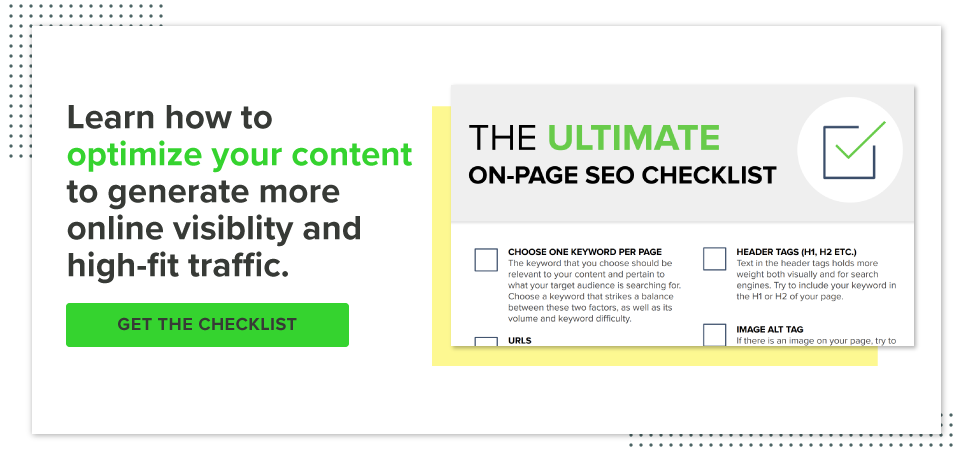How to Combine SEO and SEM for the Highest Returns

You have two options for expanding your search program endeavors. One is paid search via Google AdWords, Facebook Ads, etc. The other is optimizing your content for SEO. Rarely do you see companies using both, together, well. But that doesn't have to be the case. Your company can be different. You can use both paid and organic search to get a larger traffic boost than you'd see using one or the other.
The Benefits of SEM
Search Engine Marketing gives you the advantage of setting up ads and paying for views and visits. Creating well-researched ads with attractive text and the correct bids for target keywords will allow you to get in front of searchers and bring them to your website. As long as you create well-developed landing pages that relate well to your ad (via the Quality Score provided by Google AdWords) you can almost ensure a certain number of clicks on your ad (and consequently, visits to your site). When you begin a new campaign, investing in some ads for your new pages or landing pages related to that campaign can bring some solid conversions to your site.
The Benefits of SEO
For SEO, we always recommend that you optimize each page you publish. You never know if a year or two from now you could be ranking for that keyword you optimized for way back when, and it could end up being one of your strongest landing pages for bringing in organic traffic. SEO does take time, however, so use it for the long-term gains as supposed to the quick wins you can get from pay-per-click efforts in SEM. As you consistently produce content that is optimized and targeted toward your personas' search habits, you’ll start to bring in more and more organic traffic from these posts as the content ages.
To summarize: SEM is great for those quick wins and developing early traffic to your new pages, while SEO is a longer-term effort that involves some preliminary research to make sure you target and optimize around the right keywords. Using these programs separately can bring in decent amounts of traffic, but what if you were able to combine the two to bring in even more traffic? Now does that sound like something you might be interested in?
Combine SEO and SEM for Killer Results
Let's start with examining how you could use SEO and SEM for a new campaign. You’re strategizing your new campaign and already have determined what topics/keywords you want to chase. Now when researching keywords to optimize your content, why don’t you hope over to Google AdWords Keyword Planner and look up the competition and search volume for your chosen keywords. If you really want to invest in new inbound best practices, each of these keywords will work under the Topic Cluster you’ve chosen. Once you’ve determined a few good keywords to chase from a SEM perspective, optimize your content for the chosen long-tail keyword and prep some ads to be released as soon as the content gets published.
So you’ve written your content, optimized it for your researched long-tail keyword, created ads that have good Quality Scores that lead to your new page, and you are ready to publish. Now you have to focus on tracking your ads and the traffic your new content is getting. Depending on how successful your ads are and how quickly your content climbs the SERP pages, you’ll want to start weaning the budget for your ads as your content gets into the top five pages. If you never reach that third page, it might be a good idea to keep a minimal budget associated with this ad, but focus more budget on your new content as you consistently publish more and more.
And there you have it! If you plan your content publishing schedule strategically, you’ll be creating content at the same time as you create with ads to go along with that content, and once you start reaching a good point from a SERP perspective, rinse and repeat.
Of course, you’re not quiiiiiite done. As marketers, we’re never done! You need to make sure you have correct tracking and reporting set up so when you are determining your next content strategy, you can look back and use these insights to inform your strategy going forward. If you can correctly structure this strategy, your content will be killing it from both a paid and an organic standpoint. Let us know your strategies in the comments or reach out on our social channels.
Everett Ackerman
Everett is a Principle Growth Advisor at New Breed. With over 5 years on New Breed's Service team, Everett brings a Strategist's mindset to helping New Breed's prospects with their ideal growth plan to scale effectively.





